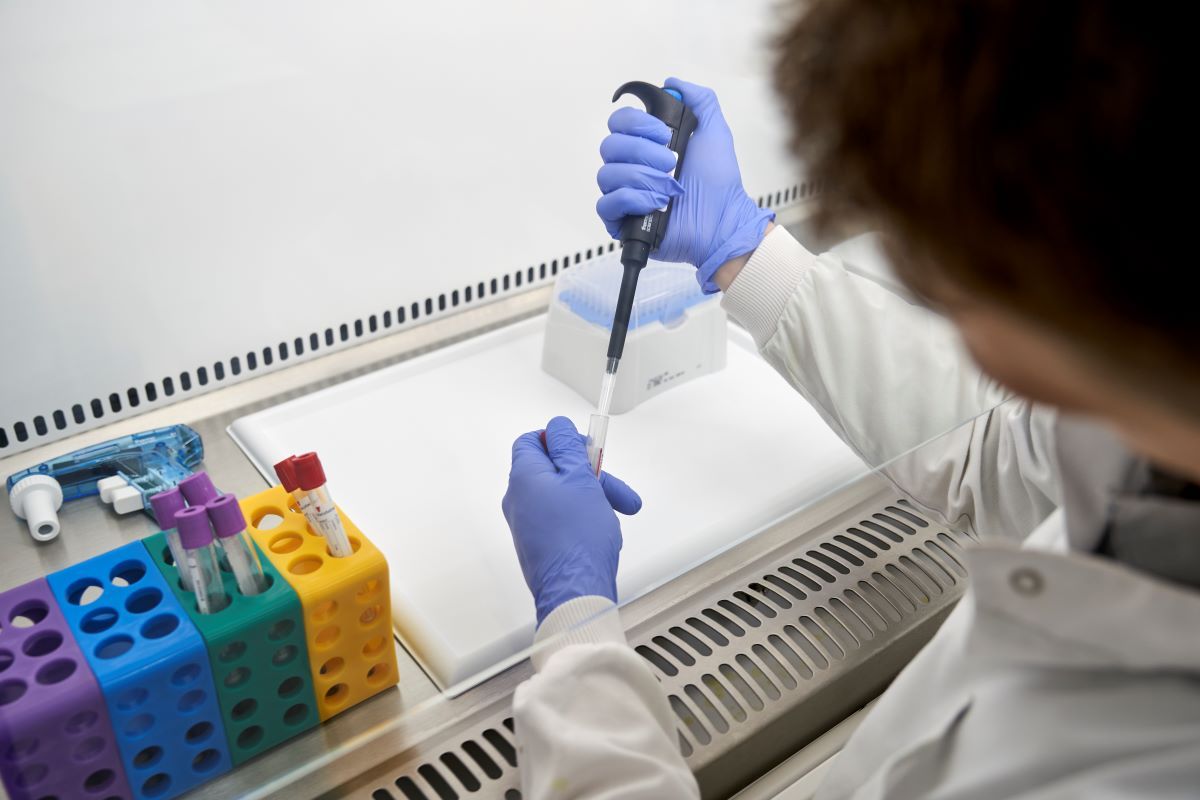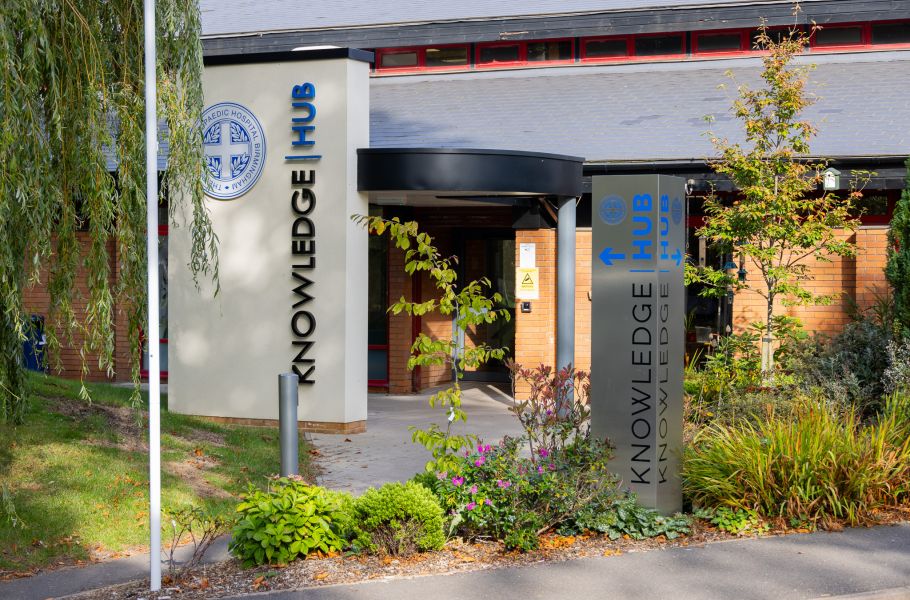Lab tests show novel bone cancer therapy has 99% success rate

Bioactive glasses, a filling material which can bond to tissue and improve the strength of bones and teeth, has been combined with gallium to create a potential treatment for bone cancer.
Tests in labs have found that bioactive glasses doped with the metal have a 99 percent success rate of eliminating cancerous cells and can even regenerate diseased bones.
The research was conducted by a team of Aston University scientists led by Professor Richard Martin. Professor Martin is also partnered with the Royal Orthopaedic Hospital in Birmingham, a leader in orthopaedic oncology specialising in the diagnosis, treatment and research of benign and malignant tumours of bone and soft tissues.
In laboratory tests 99% of osteosarcoma (bone cancer) cells were killed off without destroying non-cancerous normal human bone cells. The researchers also incubated the bioactive glasses in a simulated body fluid and after seven days they detected the early stages of bone formation.
Gallium is highly toxic, and the researchers found that the ‘greedy’ cancer cells soak it up and self-kill, which prevented the healthy cells from being affected. Their research paper Multifunctional Gallium doped bioactive glasses: a targeted delivery for antineoplastic agents and tissue repair against osteosarcoma has been published in the journal Biomedical Materials.
Osteosarcoma is the mostly commonly occurring primary bone cancer and despite the use of chemotherapy and surgery to remove tumours survival rates have not improved much since the 1970s. Survival rates are dramatically reduced for patients who have a recurrence and primary bone cancer patients are more susceptible to bone fractures.
Despite extensive research on different types of bioactive glass or ceramics for bone tissue engineering, there is limited research on targeted and controlled release of anti-cancer agents to treat bone cancers.
Professor Martin said: “There is an urgent need for improved treatment options and our experiments show significant potential for use in bone cancer applications as part of a multimodal treatment.
“We believe that our findings could lead to a treatment that is more effective and localised, reducing side effects, and can even regenerate diseased bones.
“When we observed the glasses, we could see the formation of a layer of amorphous calcium phosphate/ hydroxy apatite layer on the surface of the bioactive glass particulates, which indicates bone growth.”
The glasses were created in the Aston University labs by rapidly cooling very high temperature molten liquids (1450o C) to form glass. The glasses were then ground and sieved into tiny particles which can then be used for treatment.
In previous research the team achieved a 50 percent success rate but although impressive this was not enough to be a potential treatment. The team are now hoping to attract more research funding to conduct trials using gallium.
Dr Lucas Souza, research laboratory manager for the Dubrowsky Regenerative Medicine Laboratory at the Royal Orthopaedic Hospital, Birmingham worked on the research with Professor Martin. He added: “The safety and effectiveness of these biomaterials will need to be tested further, but the initial results are really promising.
"As the next step our work is now split into two fronts: (1) testing the anti-cancer properties of this material upon bone metastatic cells and (2) developing a minimally invasive injectable paste for bone cancer application. For that, we have extracted cancer cells from biopsies of bone metastases removed from patients in the Royal Orthopaedic Hospital (ROH) and have been investigating if they too are sensitive to gallium and gallium-doped glasses.
"Such findings would drastically expand the use of our biomaterial since there are significantly more patients with bone metastases than with primary bone tumours; concomitantly, we are trying to raise funds to perform an animal study where we intend to use a bone tumour animal model to test the efficacy and safety of a minimally invasive injectable paste composed of the gallium-doped bioactive glasses and an FDA-approved biodegradable copolymer.”








